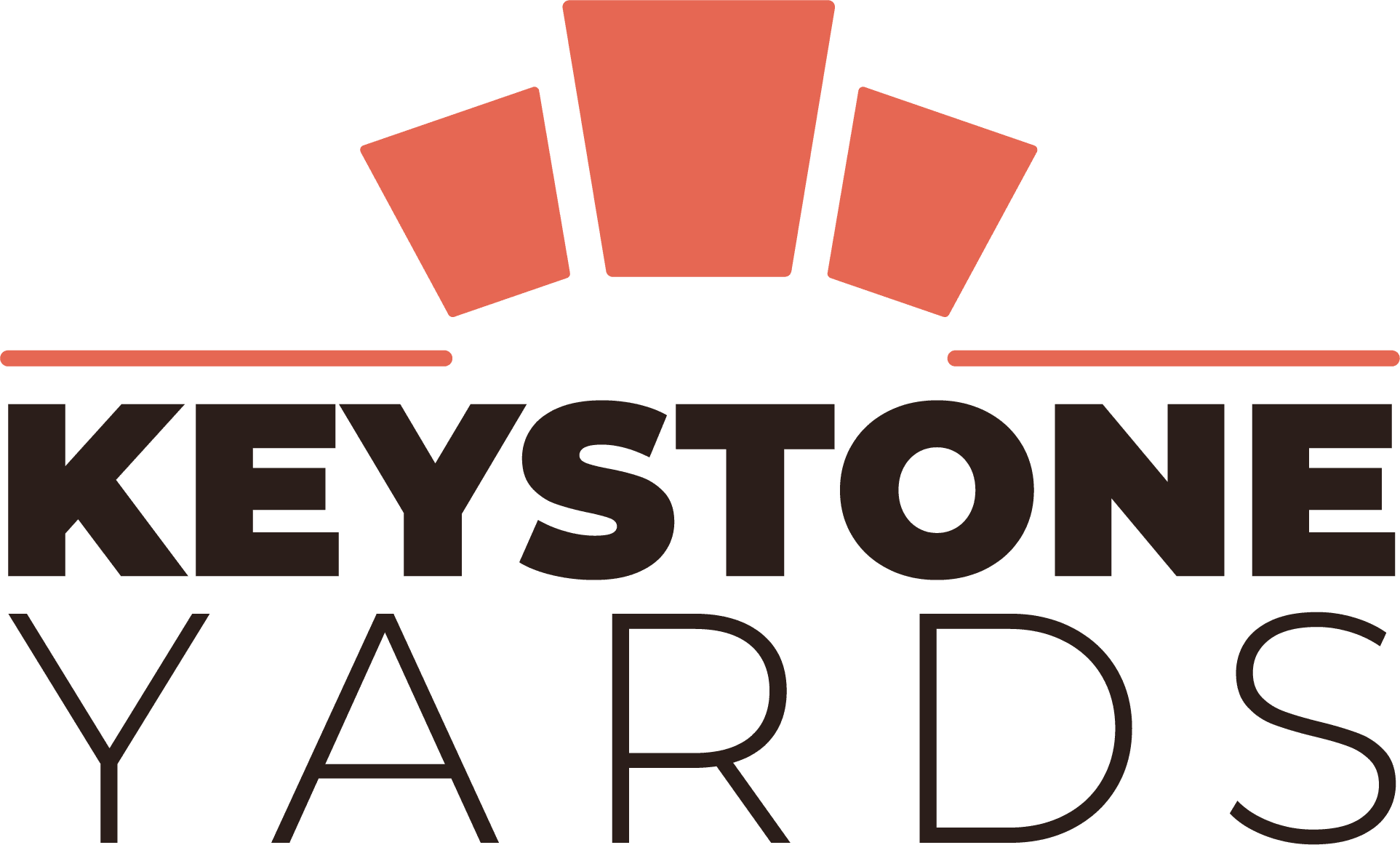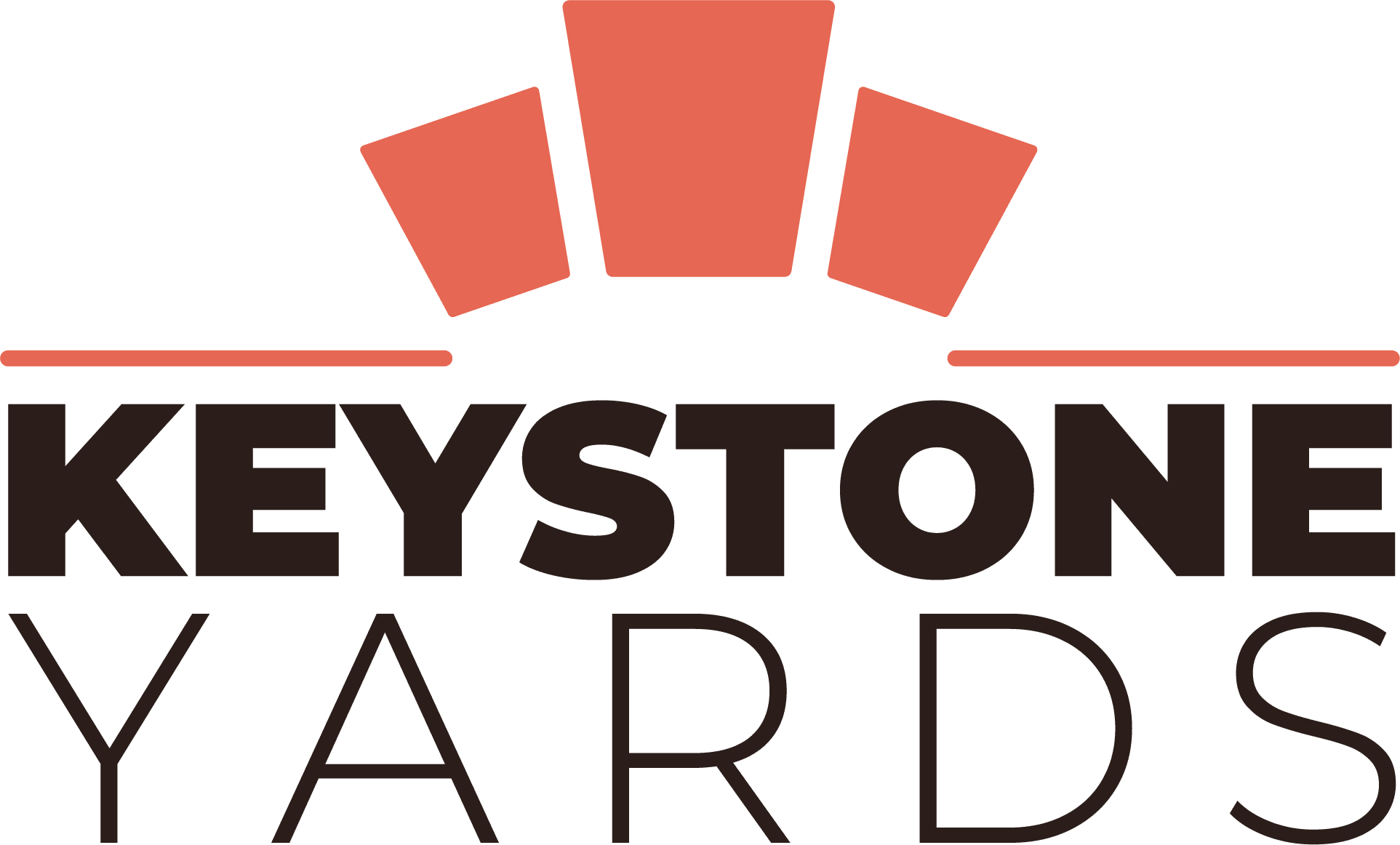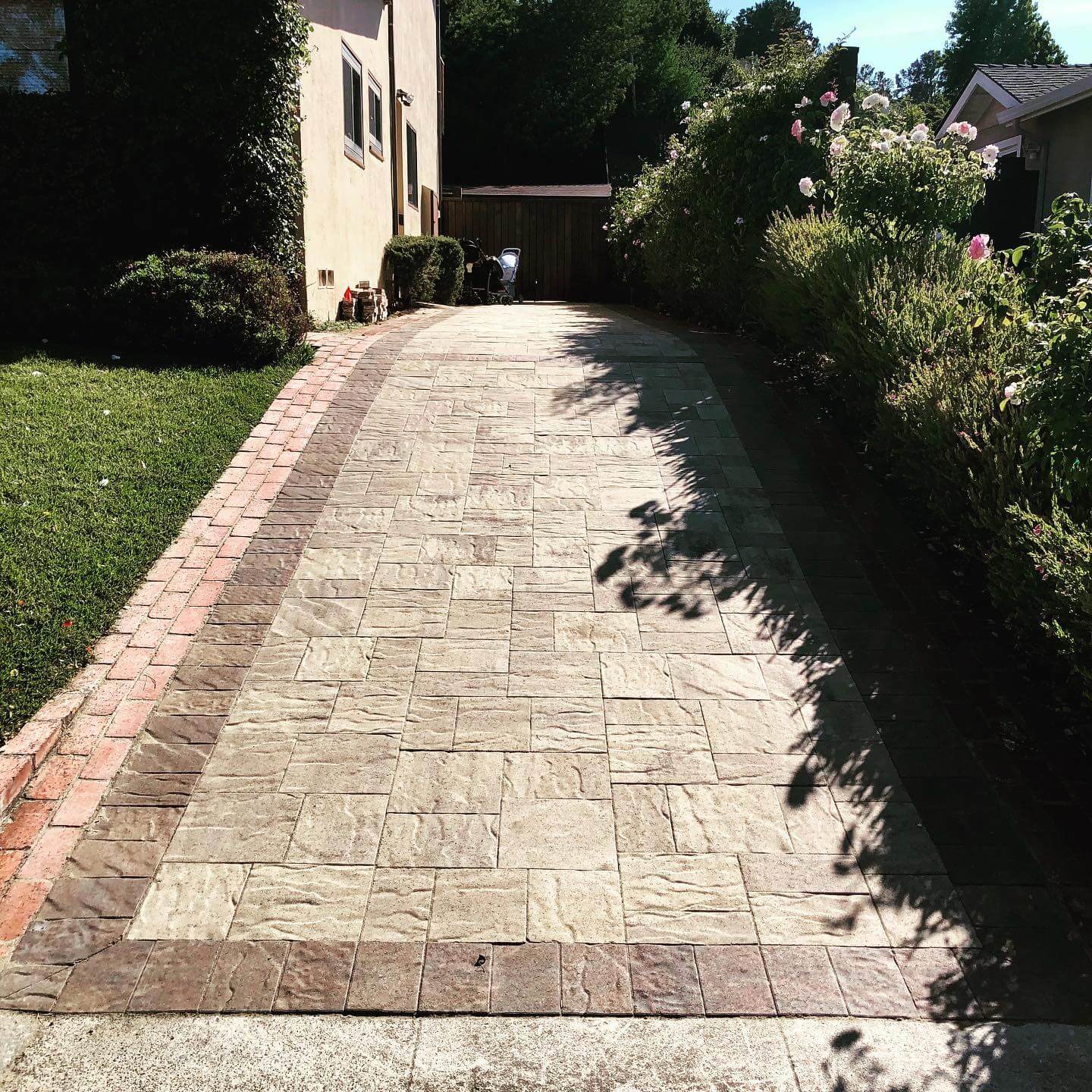
Outdoor Lighting: Types, Benefits, & Tips
What is Outdoor Lighting?
Outdoor lighting confers the outdoor illumination system in public or private spaces aiming at safety, security, aesthetics, event applications, and amusement. One of the primary sources of energy for outdoor lighting includes regular power. Outdoor lighting is the fixed artificial lighting to highlight areas with no roofs such as outdoor areas. Outdoor lighting aims to improve visual aesthetics by illuminating the area.
Outdoor lighting is the spending that offers invaluable benefits in return or from improved safety and security to enhanced visual appearance. There are several types of lighting fixtures based on the goals you aim to achieve with outdoor lighting.
Before working on any lighting installation project, it is important to take all necessary safety measures. Switch off power at the source, and install GFCIs to protect against electric shock. Consult a professional electrician before working with electricity or installing any new lighting fixtures.
What are Landscape Lights?
Landscape lights rely on fixtures like spotlights, lanterns, and globes to create an aesthetically amusing lighting design that highlights buildings and landscaping features at night. It also improves safety and security.
Besides, modernization is added to enhance the aesthetic value of the lights in the landscape. Adding the water feature or attractive landscaping can help your furnishing glow in style and grace.
Where Landscape Lights are Used?
There are several types of landscape lighting installation that you can fix in your lawn or yard. Here we have mentioned some fundamentals that you must get familiar with.
Below are the common types of outdoor lighting that you might like adding to your outdoor zone:
- Bollard lights
- Floodlights
- Garden lights
- Spotlights
- Path lights
- String lights
- Ground lights
These lights are used in
- Parks
- Office building terraces
- Public areas and pathways
- Entrances or exits
- Walkways and driveways
- Near architectural, signage, or landscaping features
Tips for Landscape Lighting Installation
- Pinpoint an accessible power source.
- Unroll fixtures on the ground between 8 and 10 feet away to create a pathway.
- Use a shovel to isolate grass from the soil and fold over the trimmed portion of sod to create a 2-3-inch trench.
- Conceal low-voltage electrical wire no more than 2-3 inches into the ground.
- Couple the wire to an outdoor electrical outlet.
- Arrange holes for the fixture’s pole with a large screwdriver.
- Mark electrical connections and inset the fixture into its metal ground stake.
- Test the lights to ensure a firm connection.
Choosing the Right Outdoor Lighting
When it comes to choosing the right type of outdoor lighting fixture, start by portraying your goals. Installations designed to improve safety are a bit different from fixtures meant to highlight the architectural elements of a building. Once you know what you want your lighting to achieve, then you’ll be able to select fixtures to support those objectives.
Types of Outdoor Lighting
When your building or home exterior is surrounded by darkness, it’s apparent that exterior lighting should be a concern. Just as you fix particular types of lighting sources all around your interior to escalate visibility, you should be aware of which exterior lighting sources are required. Safety, security, atmospheric amplification, and versatility are significant benefits.
1. Floodlights
As the name indicates, floodlights highlight spacious areas with light. They are one of the most famous types of exterior lighting known because a single floodlight can provide more light than multiple, smaller light sources. Floodlights are quite familiar in your routine life.
Floodlights have varied-angle beams that can be rotated to focus on a particular area. They can be fixed in the ground or installed on structures or poles. Outdoor floodlights are normally used to spotlight a fixed element or to shine large territories.
Flooding dark areas with light can help to make it easier for people to see future hazards that can cause slides, trips, and falls. Floodlights also prevent property damage, crime, and hooliganism.
Floodlights are used in;
- Parking lots, driveways, and walkways
- Large outdoor areas such as patios
- Stadiums, arenas, and sports fields
- Outdoor performance venues
- Billboards and signage
2. Lamp posts
A street light may be a lamp post. Most street lights are versatile enough to flood a large area with light for driver and walker safety and visibility. A lamp post is a lighting source on a pole, has a smaller size, and is often used in areas of high foot traffic. Lamppost designs are visually appealing, they’re often used to enhance visibility and safety in small spaces.
3. Spotlights
Floodlights are a significant source for covering spacious areas and lamp posts are perfect outdoor light installations for providing light around a smaller size. For business owners seeking an appreciable middle floor, spotlights may be the ideal lighting source. The difference between a spotlight and a floodlight is the total area they illuminate. Spotlights have thin, concentrated beams that focus on specific spots. Spotlights are easier to run and can easily be located to illuminate different areas.
There are several types of landscape lighting, and spotlights are the most known among them all.
Spotlights are used to aim at fixed areas in your yard. Spotlights provide engrossed light that highlights a specific feature.
Spotlights are used in;
- Near signage and entryways
- To highlight architectural or landscape features
- Around pools, ponds, fountains, and waterfalls
- Along pathways
Spotlights offer compelling variety in lighting design. They can be used to create visual accents and help admiring features stand out.
4. Outdoor Wall Lights
Perhaps you manage a space that has sufficient lighting via floodlights behind the building or home, lamp posts heading towards entryways, and spotlights highlighting your signage. If you are still seeking a way to use light to your edge, consider fixing outdoor wall lights. These lights stick to your building’s walls and their lighting effects extend from upgraded safety and security in small areas to boosting the aesthetic value of architecture. Outdoor wall lights can be minute, like pulse lighting, or sharp, like spotlights.
Other varieties of outdoor light installations provide many benefits. When thinking of exterior lighting for commercial buildings, it’s important to spot your needs before you begin selecting outdoor lighting fixtures. You may picture a spotlight shining on your marquee when, in reality, smaller architectural or landscape lighting would create a better exhibition. Choosing the perfect exterior lighting effects and fixtures for your system doesn’t need to be complex or expensive.
5. String Lights
String lights are a key outdoor fixture, and you should have them installed in your yard if you want to pick out a moderate design. Not only do they make your backyard appear fashionable, but they also spread light evenly across the zone. Depending on whether you have a seating area or a ceiling in your backyard, you can install string lights there.
6. Ground Lights
The objective of lighting in your backyard is not only for practical grounds, but also to boost its aesthetic value and elevate its current profile. If you have a big garden, you can install ground lights to make it look luxurious.
7. Motion Sensor Lights
Any outdoor light can include a motion sensor or photocontrol to direct light. The motion sensor lights up when something passes by the IR beam and the lighting blows for a specific time. This is the perfect security and safety device, but also an energy saver since the light commonly stays on for just a few minutes.
A photocontrol behaves more like a timer and is most frequently found on parking lot lights. The lights turn on at dusk or a definite level of darkness, then turn off at sunrise. Photocells are also used for many outdoor lighting practices.
Depending on the duration of lights stay on after the sensor detects movement, built-in timers can be adjusted likely.
Motor sensor lights are used in:
- Driveways, Garages, Paths
- Walkways
- Entrances and Exits
Considerations before you buy motion sensor lights
Motion sensor lights are most efficient in areas that aren’t commonly used and don’t need continual illumination overnight.
The sensor needs a rational sensing range which normally depends on mounting location and operating conditions. The sensors should be able to see the right elements at the right times.
Benefits of Outdoor Lighting
Exterior lighting systems for your accommodation are much more of an intellectual process than simply installing light where there is darkness. Consider the reasons why you install exterior lighting in specified spots. Small walkway lighting appreciates the safety of those in and out of the home. Motion sensor lighting in the backyard or over the garage put off intruders. Landscape lighting magnifies the home’s aesthetic. Keep these benefits in mind when you’re considering commercial lighting ideas.
1. Safety
Safety should be your foremost priority in everything you do. No matter who visits your home or business, make sure that they can move around your property safely. Plain visibility helps drivers and travelers navigate their way harmlessly into and away from your home or building. Formal lighting will also ensure that any employees working outside can spot what they are doing.
However, you can’t formally fix a floodlight and right away assume that your outdoor territory is safer. The reality is that properly placed lighting can make space safer. And improper lighting elevates safety risks. Glares can distract travelers as they move through your parking lot. Excessive lighting in outdoor spaces creates deep shadows.
2. Take your yard to the next level
Enhanced Home Value
Thoughtfully planned outdoor and landscape lighting adds worth in more ways than one. It can highlight design features or make a territory appear larger. It adds aesthetics and increases utility to in-demand outdoor living spaces after dark. One of the most straightforward, most affordable approaches to impact property value is to enhance curb appeal with an entryway customized. A thick coat of paint, modernized lights, and an accent piece or two are all you need.
Enjoy your yard
Above all, quality lighting makes every step outside much better. There’s no better place than your front or backyard to calm, amuse and explore. Whether your supreme evening includes dinner under the stars, when you reach the front door, a well-lit exterior sets the ideal tone.
3. Security
The main component of maintaining safety is keeping your space secure. If you aim to control crime, landscape lighting ideas should be the prime items on your agenda. Research has shown that outdoor lighting can lower crime rates. Motion sensor lighting can warn raiders when your business hours come to end. Outdoor lighting also makes your cameras and physical security efficient, providing an added element of defense that helps secure every quarter of your property.
4. Aesthetic appeal
Because you’re spending on an outdoor lighting system that prioritizes purpose doesn’t mean it can’t upgrade your faculty aesthetically. Outdoor lighting for business, education, or buildings can be used to create charming exteriors. Landscape lighting, for example, increases the operational efficiency of your outdoor spaces while also enhancing your curb appeal. Shining a fair amount of light on the landscaping or architectural elements of your building can be a dramatic and attractive upgrade. Lighting enables fountains, banners, front yards, and other features to take center attention, even at night.
5. Versatility
Preferably, you need an outdoor lighting system that comes up with all of the above-mentioned benefits as your needs change. When deliberating commercial lighting ideas, think of innovative ways in which your lighting system can provide several benefits from a single source.
Elaborating on the safety and security of your space is a good decision. Exterior lighting effects allow you to access enhanced safety and security. It creatively designs the system in a way that can also make worthy your landscape and architectural elements. By installing a versatile outdoor lighting system around your furnishing, you’re taking the steps crucial to go the extra mile for your clients, or employees.





